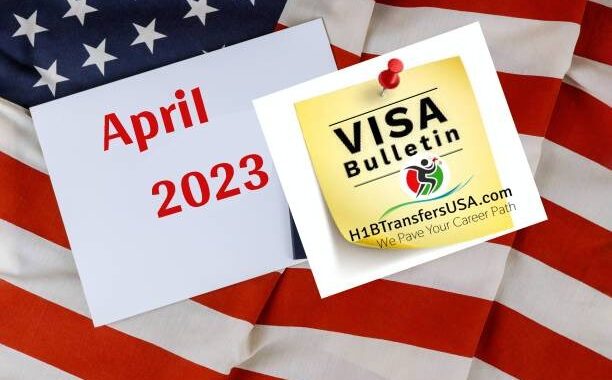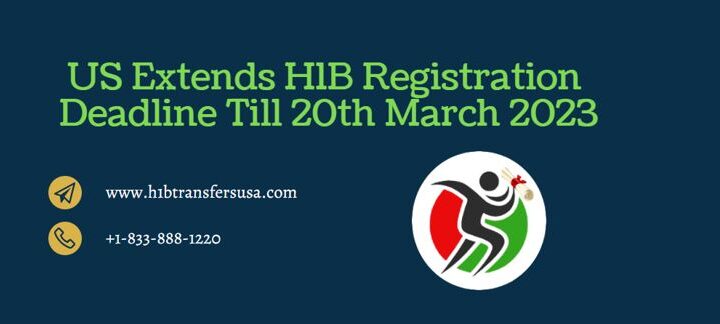Current Health Care Immigration Options For The United States
3 min read
As the current health care workforce shortage in the United States continues to develop and numerous healthcare workers are exploring their immigration options to the United States. There are multiple ways of acquiring legitimate long-lasting home status in the United States, including the most common way for medical care workers – through employment-based visas. This article will give an overview of every potential visa option. So if you are a healthcare worker interested in coming to the United States, keep reading.
Immigration Options for Immigrant Visas
PERM Labor Certification:
The PERM labor certification process is the initial step in getting an immigrant visa for a worker from another country. The process is designed to guarantee that the foreign worker displaces no qualified U.S. worker.
To acquire a PERM labor certification, your employer should show that they have made a good-faith effort to hire U.S. workers and that there are no certified U.S. workers available for the position you are trying to fill on a full-time and permanent basis.
The PERM labor certification process can be complex and time-consuming, yet it is definitely worth the effort if you are trying to immigrate to the United States permanently with your family.
Physician National Interest Waiver (PNIW):
The PNIW is a visa waiver program that allows physicians to work in medically underserved areas in the United States. However, this program is a great opportunity for physicians interested in working in the United States, and it can be a useful tool for hiring foreign medical professionals.
To be eligible for the PNIW, physicians should meet specific requirements. Including showing interest in working in an underserved region, passing the United States Medical Licensing Examination (USMLE). Also, agreeing to work full-time in medical practice for five years, and meet other eligibility criteria.
Immigration Options for Nonimmigrant Visas – H-1B Visas
To be considered for an H-1B visa as a physician, you should have ECFMG certification. This is a United States Citizenship and Immigration Services (USCIS) requirement. Also, the ECFMG certification shows that you can practice medicine in the United States. If you are not yet certified, you can take steps now to make sure you meet all the requirements.
The H-1B visa is a popular choice for physicians who need to work in the United States. Moreover, it allows you to stay in the country for up to six years and it can be extended beyond 6 years. For people from specific backlog nations under certain circumstances.
O-1 Visas:
To attract the world’s top scientific talent, the United States offers something called an O-1 visa. This visa is given to scientists who have achieved worldwide acclaim in their field. Also, to get one of these visas, you want to prove that you are among the best in your field. The process can be complex and frustrating, however, it’s worth it if you want to work in the United States.
J-1 Visas:
The J-1 visa is a popular choice for international medical graduates who need to work in the United States. This visa has many advantages, including being less costly for a healthcare institution. However, there are some restrictions that you should be aware of before you apply for a J-1 visa. For instance, you can’t have “dual intent”, which means you can’t plan to stay in the United States permanently.
[Waivers of In-Person Interviews for Certain Immigrant Visa Applicants]
Also, you should know that the J-1 visa for foreign medical graduates (FMG) is often accompanied by a 2-year foreign residency requirement under section 212 (e) of the Immigration and Nationality Act. If you meet all of the requirements and are accepted into a J-1 visa program, then, you will be able to begin your career as an alien physician in America.






